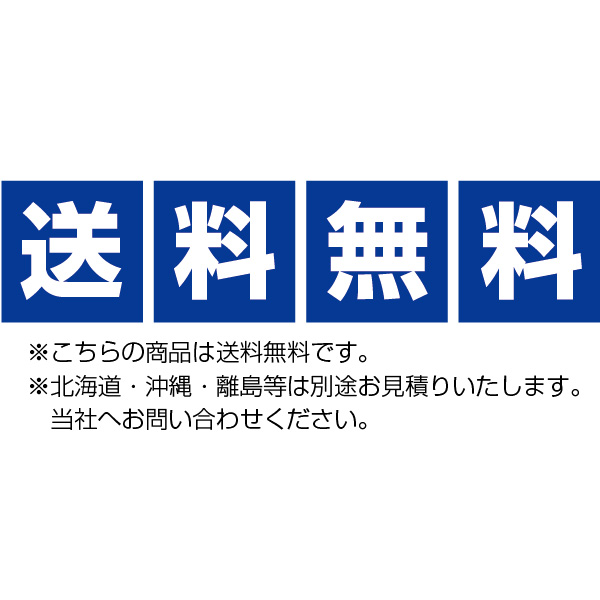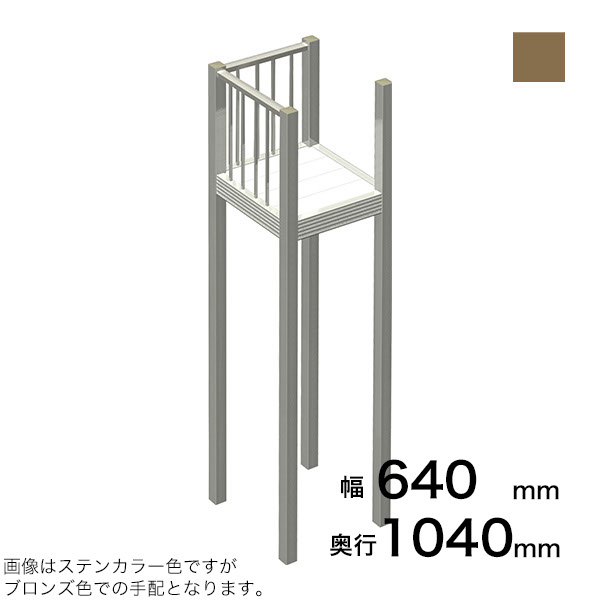商品の詳細







商品の説明

2024年最新フリーピープル ロングワンピースの人気アイテム

Free People - ニットワンピースの通販 by xoxo..,\u0027s shop

Free People(フリーピープル) ワンピース・オールインワン

Free People(フリーピープル) ワンピース・オールインワン

Free People(フリーピープル) ワンピース・オールインワン

Free People(フリーピープル) ワンピース・オールインワン

Free People(フリーピープル) ワンピース・オールインワン

Free People(フリーピープル) ワンピース・オールインワン

Free People(フリーピープル) ワンピース・オールインワン

お気に入りの 送料無料 ピアッツァ センピオーネ レディース

フリーピープル レディース ワンピース トップス Jaci

jacis(レディースファッション)の通販

jacis(レディースファッション)の通販

シーブリーズ ワンピの通販
最新のクチコミ
コンパクトなサイズでとても良かったです! つくりもしっかりしてて愛用させていただきます。
- オペラくん
- クチコミ投稿 1件
購入品
コボの液晶が結構暗いのでこのライトがあったほうが見やすいようです。 ただ取り付けに関してはクリップで挟み込む形なので繰り返し使用の際の強度が心配です。
- かずのちゃん
- クチコミ投稿 1件
購入品
レディース・ヘアアクセサリー・その他キング
この商品を見ている人におすすめ
-
-

FotCE-lsk833
¥ 5970.00
-

cTRs0-MRZOKAAA17480N
¥ 17580.00
-

ck7dz-19824101
¥ 61280.00
-

hKpQq-km716bt6-28527-t801004yt
¥ 106960.00
-

JogSU-GQC075FSEAT-75D5KJA0
¥ 58980.00
-


![(非常に良い)Zillion: The Complete Series [Blu-ray]](https://tshop.r10s.jp/omatsuri-life2/cabinet/20200517-1/b07fpyv36z.jpg)






